The lighting industry has seen a significant shift in the last decade, with an increasing number of people opting for LED (Light Emitting Diode) solutions. If you’ve ever roamed the aisles of a home improvement store or browsed online, you’ve probably come across both T8 LED bulbs and T8 fluorescent bulbs. But what makes them different? In this blog, we’ll dive deep into the distinctions, highlighting the benefits and drawbacks of each type.
1. Energy Efficiency and Cost Savings:
- T8 LED: These bulbs are champions when it comes to energy efficiency. They consume around 30% less power than their fluorescent counterparts, leading to significant cost savings on your electricity bills over the long run.
- T8 Fluorescent: While they are more efficient than the older T12 bulbs, they still lag behind LEDs in energy consumption.
2. Lifespan:
- T8 LED: A typical T8 LED bulb can last anywhere between 50,000 to 100,000 hours, which means less frequent replacements and additional savings in the long term.
- T8 Fluorescent: These usually have a lifespan of around 30,000 to 50,000 hours, significantly shorter than LEDs.
3. Environmentally Friendly:
- T8 LED: LEDs are mercury-free, making them less harmful to the environment.
- T8 Fluorescent: Contains a small amount of mercury, which poses a risk if bulbs break and can complicate disposal.
4. Light Quality:
- T8 LED: LEDs offer better color rendering and a broader spectrum of color temperatures. This means you can get lighting that’s closer to natural daylight or opt for warmer tones based on preference.
- T8 Fluorescent: They tend to have a more limited color spectrum, and over time, the light quality can degrade.
5. Startup Time and Performance in Cold Temperatures:
- T8 LED: Instant-on without any flickering. LEDs perform well in cold temperatures, making them ideal for outdoor use or in refrigerated environments.
- T8 Fluorescent: Can have a slower startup, especially in cold environments. They might also flicker upon startup.
6. Compatibility and Retrofitting:
- T8 LED: Many T8 LED bulbs are designed to fit into existing fluorescent fixtures, making the transition smoother. However, some might require a little modification.
- T8 Fluorescent: Traditional fixtures are built for these bulbs, so no modification is needed if you’re replacing an old fluorescent with a new one.
7. Price Point:
- T8 LED: Initially, these bulbs might be pricier than fluorescents. However, considering their energy efficiency and longer lifespan, they can offer substantial savings in the long term.
- T8 Fluorescent: Generally cheaper upfront but can end up costing more in energy bills and replacements over time.
Conclusion:
While both T8 LED and T8 fluorescent bulbs have their merits, LEDs are becoming the preferred choice for many American households and businesses. The benefits, ranging from energy efficiency, a longer lifespan, and eco-friendliness, make a compelling case for the transition. If you’re thinking about upgrading or retrofitting your current lighting setup, T8 LED bulbs are a smart investment for both your wallet and the environment.
Frequently Asked Questions (FAQs)
Q: Can I replace my T8 fluorescent bulb with a T8 LED without changing the fixture?
A: Yes, many T8 LED bulbs are designed to fit into existing fluorescent fixtures. However, it’s essential to check if your LED is direct-fit (plug-and-play) or if it requires bypassing the ballast.
Q: Are T8 LED bulbs brighter than T8 fluorescent bulbs?
A: LED bulbs can offer the same brightness levels as fluorescents but at a fraction of the energy consumption. The brightness largely depends on the lumens of the bulb, not just the technology itself.
Q: Is there a risk of mercury exposure with T8 LED bulbs?
A: No, T8 LED bulbs are mercury-free. This is in contrast to fluorescents, which contain a small amount of mercury.
Q: Do T8 LED bulbs need a ballast?
A: It depends on the type of T8 LED bulb. Some are designed to work with existing ballasts (plug-and-play), while others require the ballast to be bypassed or removed.
Q: Why do my T8 fluorescent bulbs flicker on startup?
A: Flickering can be caused by several reasons, including an old or malfunctioning ballast, nearing end-of-life for the bulb, or cold ambient temperatures.
A: Due to the small amount of mercury in T8 fluorescent bulbs, they shouldn't be thrown in the regular trash. Instead, you should take them to a local recycling center or hazardous waste facility that accepts them.







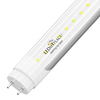
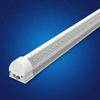
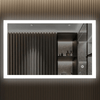


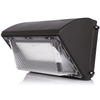


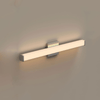




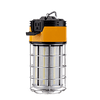
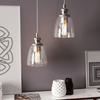


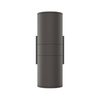










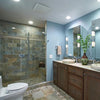

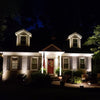
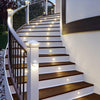


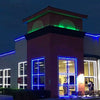





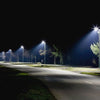




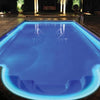
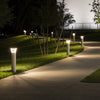
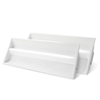




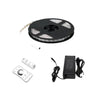


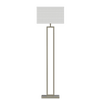








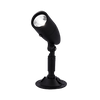
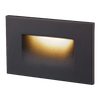




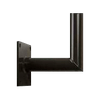
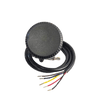
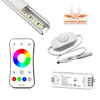



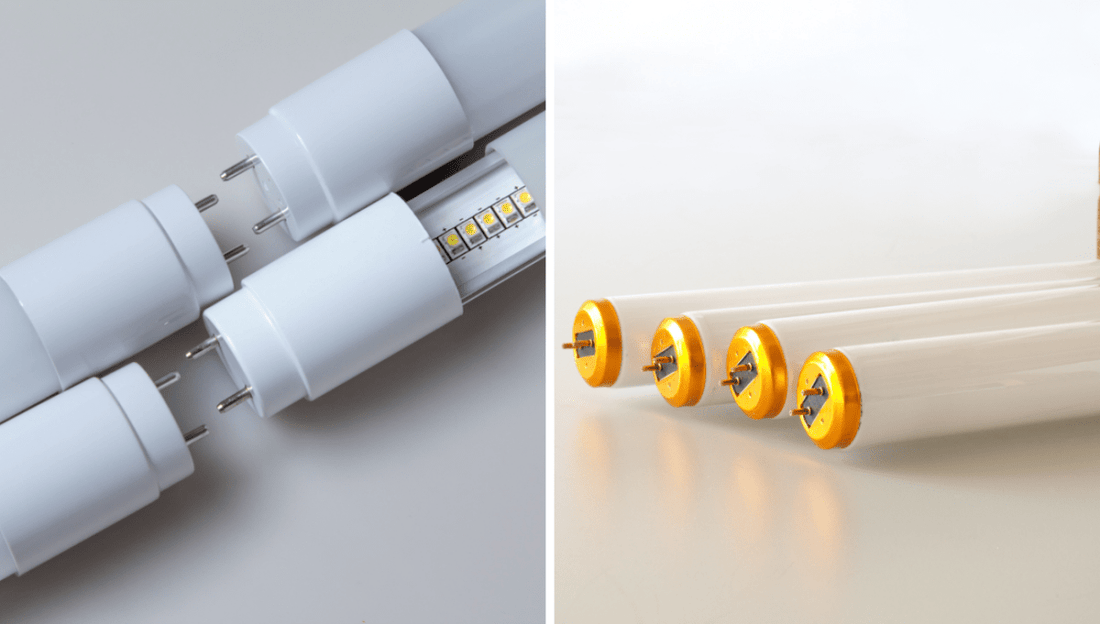
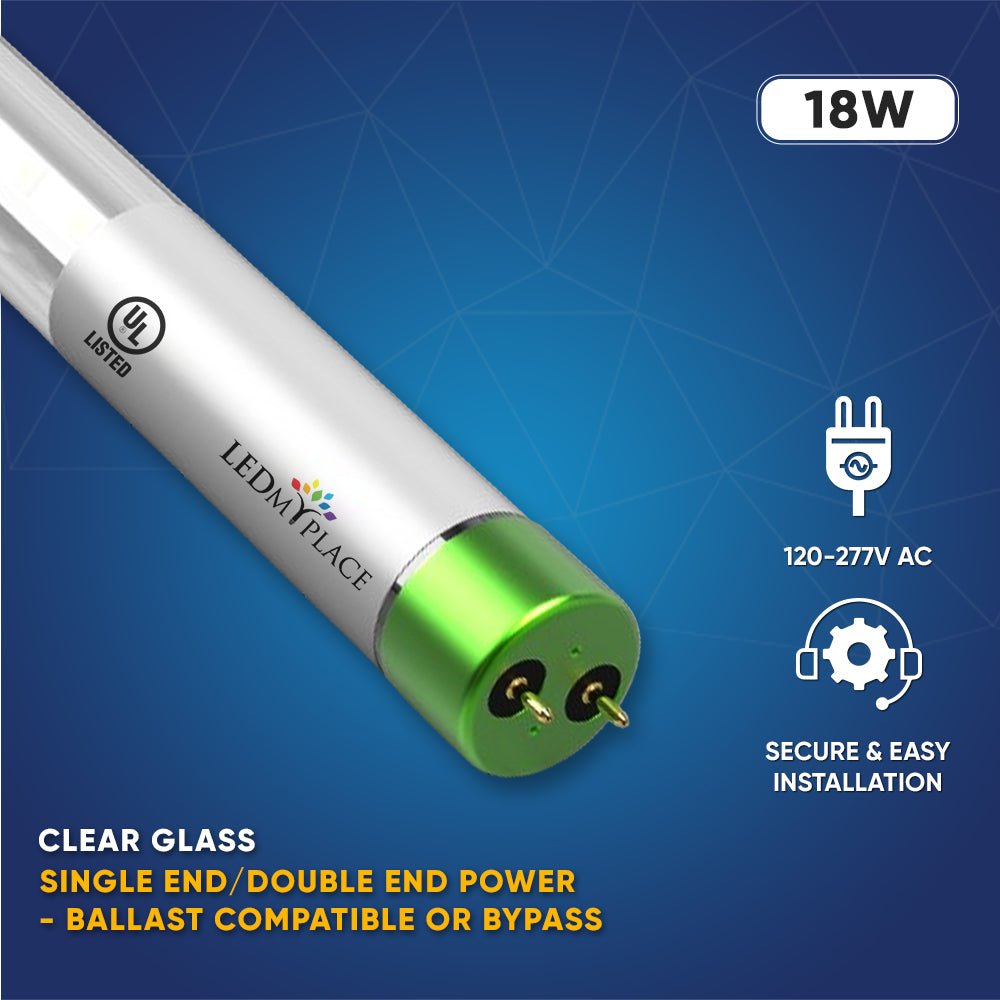
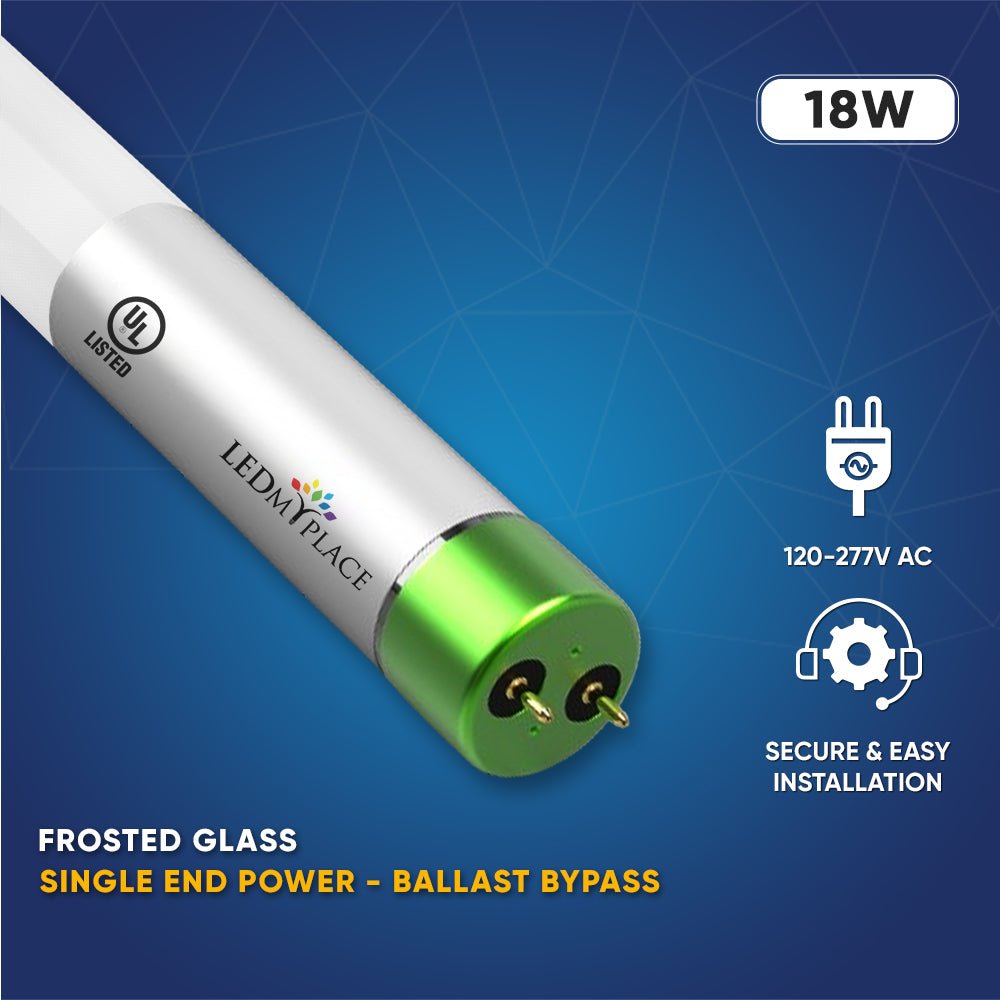
2 comments
Hi,
Yes, you can replace T12 fluorescent tubes with T8 LED tubes. T8 LEDs are more energy-efficient and longer-lasting. However, ensure compatibility with your existing fixture by checking if it uses a ballast or requires rewiring. Always follow the manufacturer’s instructions for installation.
Thank You, Team LEDMyplace
CAN YOU REPLACE T12 FLUORESCENT TUBES WITH T8 LED TUBES?